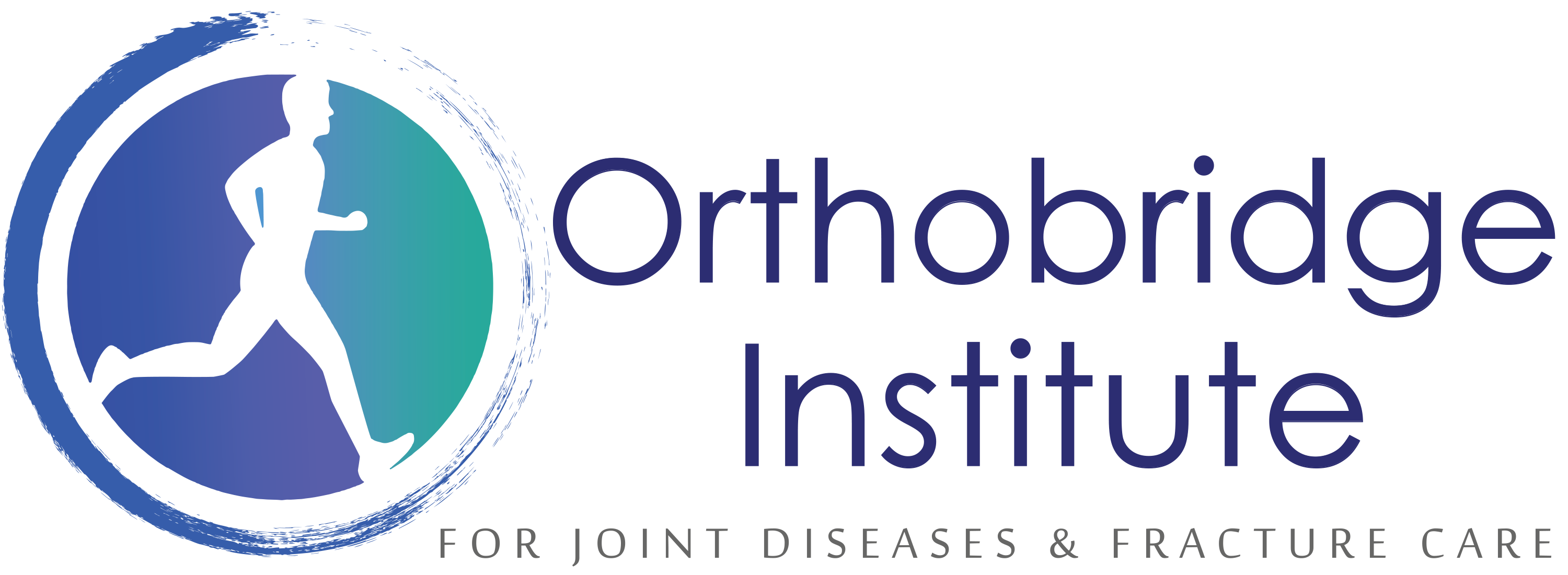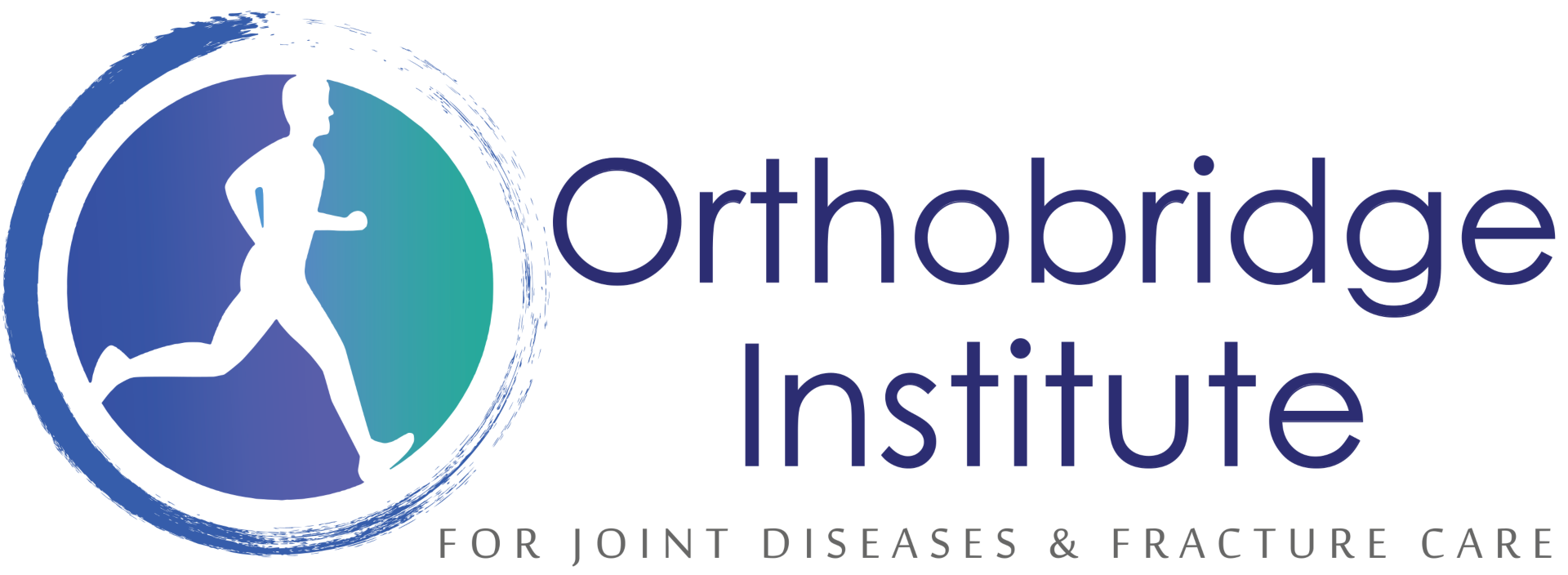Shoulder Arthritis
Learn more about some common Shoulder Arthritis here we treat at Orthobridge Orthopedic Centre.
Shoulder Arthritis Care in Kenya
What is shoulder arthritis?
Shoulder arthritis is damage to the cartilage inside the shoulder joint. The shoulder has two joints. Shoulder arthritis commonly refers to the bigger ball-and-socket joint named the glenohumeral joint after the bones it connects (glenoid and humerus). The cartilage covers both the ball (the humeral head) and the socket (the glenoid).
When the cartilage in the shoulder begins to break down on the surface and eventually in the deeper layers, it’s called shoulder arthritis. The second joint in the shoulder, the acromioclavicular or AC joint, can also develop arthritis known as AC joint arthritis.

How does shoulder arthritis develop?
Shoulder arthritis usually results from gradual wear and tear of the cartilage. Cartilage is present in every joint in the body; it covers the surface of the bones inside the joints similar to Teflon on a ball bearing. Cartilage is a living tissue 2 millimeters to 3 millimeters thick — about the thickness of one or two layers of cardboard. This makes the contact between bones softer. If the cartilage is intact, it can take multiple rotations with no wear of the surface because it’s smooth.
Shoulder arthritis typically develops in stages. First, the cartilage gets soft (A), then it develops cracks in the surface (B), then it begins to “fibrillate” (deteriorate and flake) (C), and finally, it wears away to expose the surface of the bone (D). As a result, it loses its ability to act as a smooth, gliding surface.
The cartilage doesn’t wear away all at once over the entire surface of the bone in a joint. Instead, it wears at different rates in different parts. So if you consider the surface of a ball bearing that was covered with Teflon, this type of wear would be as if the Teflon had pits and the surface would now be irregular (see the image below).
Causes
There are several different forms of shoulder arthritis. Each may have different origins, and some causes of shoulder arthritis are still unknown.
Rheumatoid Arthritis of the Shoulder
Rheumatoid arthritis is an autoimmune disorder, which means your body attacks your own healthy cells, which may include the lining of the joint. This inflammatory arthritis can be present in both shoulders at the same time.
Post-Traumatic Shoulder Arthritis
If your shoulder was fractured, dislocated or otherwise injured, you may develop post-traumatic arthritis.
Rotator Cuff Tear Arthropathy
Rotator cuff tear arthropathy is a type of shoulder arthritis that can develop after a massive and prolonged rotator cuff tear. The four rotator cuff tendons in your shoulder wrap around the ball portion of the shoulder joint, holding it in place. If one or more of these tendons is heavily torn, this may cause the humeral head to rub against other bones and develop arthritis.
Shoulder Arthritis Due to Avascular Necrosis
Avascular necrosis refers to the disrupted blood supply to an area of the body, which results in that area dying (necrosis). In the shoulder, the humeral head (the ball of the shoulder joint) may lose blood supply due to disease, traumatic injuries, and other causes. Without a blood supply, the bone will slowly collapse, becoming uneven and causing arthritis.

How is shoulder arthritis treated?
As is the case in any other joint, the initial treatment of shoulder arthritis is usually nonsurgical. This may include: activity modification, physical therapy and other measures. If these prove insufficient, arthroscopic surgery or shoulder replacement may be appropriate.
Activity modification: avoiding the activities which put the most stress on the arms, reducing the weight lifted by the involved arm, and attempting to modify athletic activities to those which may put less stress on the involved arm.
Moist heat may make the arm feel more comfortable.
Icing the shoulder three or four times daily may help role reduce inflammation, particularly after sports or stress on the shoulder
Physical therapy: may play a role in maintaining or improving range of motion and strength, but may in some circumstances aggravate the pain from arthritis – so its role should be reevaluated if it is a source of aggravation of pain.
Nonsteroidal ant-inflammatory drugs (NSAIDs) such as ibuprofen, naproxen, or aspirin can be effective over-the-counter medication. These medications can irritate the stomach, and most people should take them with meals. Prescription anti-inflammatory medications are also available, and may be more convenient in dosages require, have fewer side effects, and be better tolerated. In any event, your doctor should be made aware of any medications you may be taking, and the role of potential interactions.

Dietary supplements, such as glucosamine or chondroitin sulfate. While some patients find relief with these, there is little scientific evidence of the role or value of dietary supplements in arthritis treatment. In addition, the FDA does not regulate these supplements, and there may be interactions with other medications you are taking. Consultation with your physician is recommended before taking dietary supplements.
Injection of corticosteroids (cortisone) may help a role to treat the inflammation inside the joint. While there is often little risk associated with a joint injection of cortisone, its effects, if positive, may not be long lasting. In addition, patients who have diabetes may see a rise in blood sugar for a variable period of time after a cortisone injection
Injection of viscosupplementation: These synthetic compounds such as hyaluronic acid and derivatives are similar in structure to normal joint fluid. They are injected into the joint in an effort to increase lubrication of the joint. These compounds are expensive and are approved only for use in the knee, the joint in which the most medical experience has been obtained. There is little information about whether there is any role for these compounds in the treatment of shoulder arthritis.
What is the surgery for shoulder arthritis?
If non-operative treatments are not effective, your doctor may discuss either shoulder arthroscopy or shoulder replacement surgery.
Arthroscopy: this is a minimally invasive operation requiring anesthesia, in which a small camera is placed inside the joint through a small incision. Through another incision, small instruments can be brought inside the joint to manipulate tissue.

Arthroscopy of the shoulder to remove loose fragments of cartilage and bone in the joint (debridement) may play a role in early arthritis when there is little damage to the joint surface. This does not eliminate arthritis, but can be helpful in removing loose pieces of tissue which are irritants. The benefits may be minimal, subjecting the patient to an operation and anesthesia, with essentially no role in effectively treating the symptoms when arthritis is advanced.
Shoulder Replacement – A shoulder replacement is an operation similar in concept to hip replacement or knee replacement, in which implants made of plastic and metal are placed to create new joint surfaces. During this operation, which requires an incision as with all open surgery, the arthritic ball is removed and replaced by a metal ball (prosthesis) that attaches to a metal stem that goes inside the upper humerus bone (similar to the way in which ice cream sits on top of a cone). The arthritic socket is covered by a smooth plastic socket, also called a prosthesis. It is the smooth metal ball moving on the smooth plastic socket that relieves pain.
Rehabilitation after surgery
Because the shoulder has the widest range of motion of any joint in the body, recovery from injury, damage, or surgery is frequently aided by rehabilitation and physical therapy, either to improve or maintain motion, or to foster improvements in strength.


